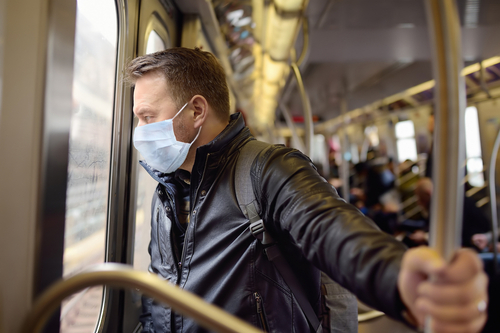
Three entities have initiated real-world testing efforts to determine the most effective measures to address the public transit virus spread reduction.
The U.S. Department of Homeland Security (DHS) Science and Technology Directorate (S&T) has partnered with the New York Metropolitan Transportation Authority (MTA) and the Massachusetts Institute of Technology Lincoln Laboratory in the endeavor.
Before the COVID-19 pandemic, the MTA system served nearly 9 million daily customers across 5,000-square-miles. The tests would provide MTA and transit authorities nationwide with actionable evidence to advance passenger and worker health protections.
The work scope includes dispersing an aerosolized water-based solution in out-of-service buses, subway, and rail cars mimicking human breathing, talking, coughing, or sneezing. Researchers will also utilize various detection, quantification, and modeling methods to investigate multiple factors that include Accumulation and Spread and Simple Mitigation Methods.
Tests are slated to be conducted over the course of a week from late January to early February 2021 at several transit sites in New York City, according to the agencies, which indicated the public would not observe or participate in the tests occurring outside of peak operating hours.
DHS S&T has focused on research and providing resources to inform the fight against the virus. S&T summarizing global scientific research while consolidating what is known about the virus and what information is still needed.
The agency has also developed calculators determining the virus’ lifespan on surfaces and in the air under varied environmental conditions.




